The Evolution of Early Homo Sapiens: A Journey Through Time
When imagining our early ancestors, many people picture ape-like creatures huddling in caves, struggling to survive. While this portrayal holds some truth, it overlooks the remarkable advancements early humans made in innovation and survival, leading to the development of modern Homo sapiens. Here’s a closer look at the true nature of life in the early stages of humanity and how we’ve evolved from a species with limited organization and communication to the dominant force on Earth.
The “Out of Africa” Theory
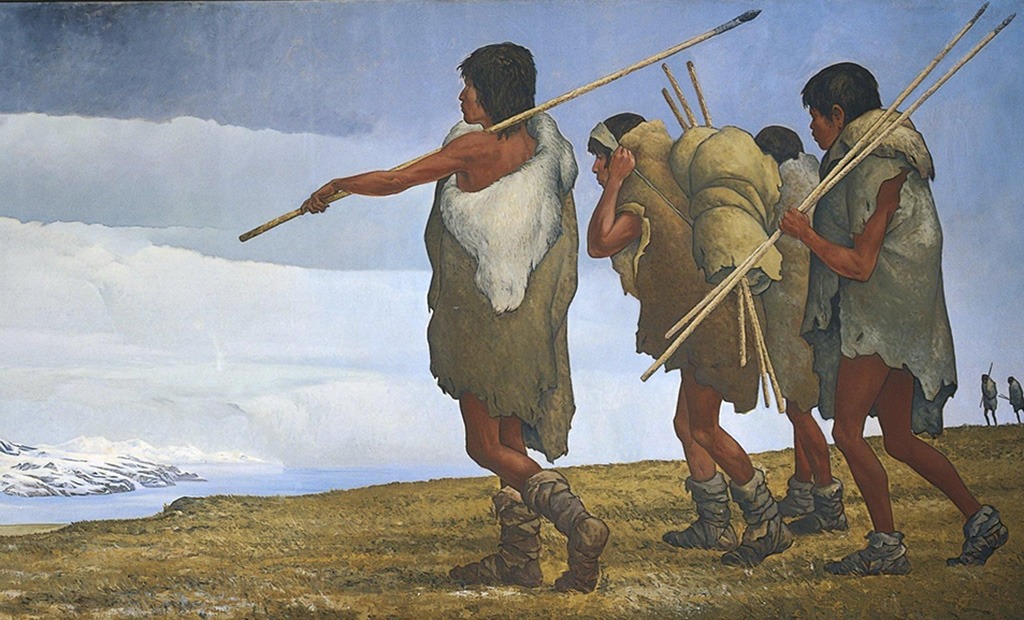
Scientists generally agree that our human ancestors originated in Africa. The “Out of Africa” theory posits that these early humans migrated from the continent to other parts of the world, including Europe and Asia, over time. This migration led to the gradual extinction of earlier human species like Homo erectus.
The migration is thought to have occurred roughly 80,000 years ago, although Homo erectus is believed to have taken a similar path around one million years ago. These early humans shared the same migratory instinct as they expanded across the globe.
The Population Decline of 80,000 Years Ago

Around 80,000 years ago, the human population faced a drastic decline. While the exact cause remains unclear, some scientists believe a massive volcanic eruption may have been to blame. The eruption could have spewed ash into the atmosphere, blocking sunlight and leading to a “volcanic winter” with freezing temperatures. This environmental change would have severely impacted the survival and growth of human populations during this period.
Why Humans Walk on Two Legs

Humans began walking on two legs long before our brains expanded in size or we started using tools. So why did early humans evolve to walk upright? One prominent theory suggests that walking on two legs requires less energy than moving on all fours.
Additionally, standing upright freed the hands, allowing early humans to carry food, tools, or use their arms for other tasks. Upright walking may have also helped regulate body temperature by minimizing exposure to the sun.
The Discovery of the “Hobbits”
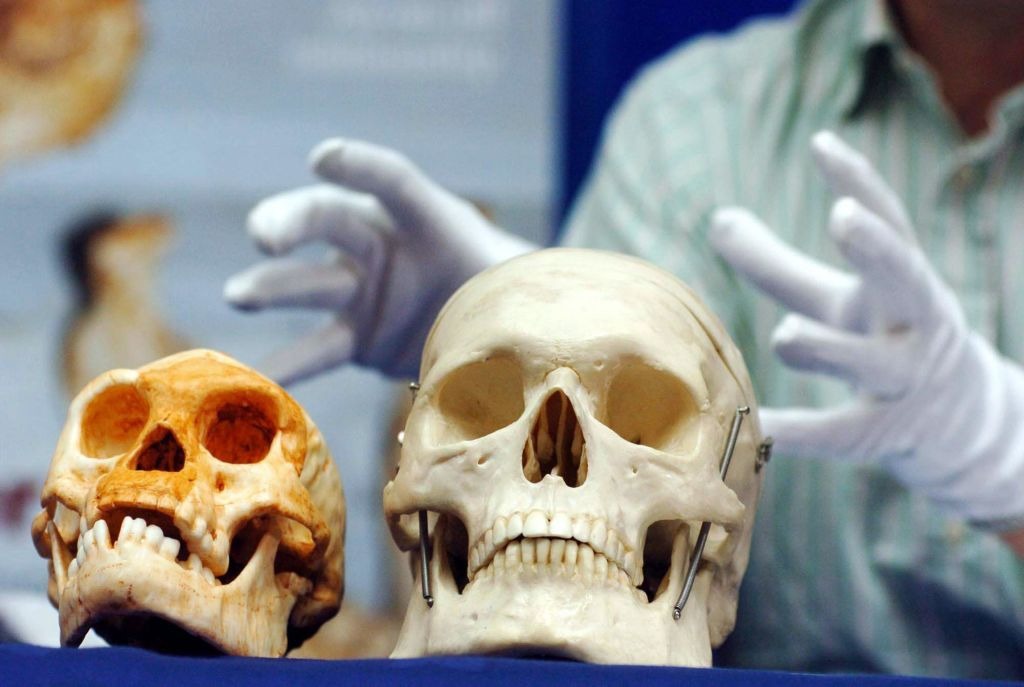
In 2003, a small skeleton was discovered on the Indonesian island of Flores, and the individual became known as the “hobbit” or Flores Man. These remains are currently under study to determine whether this individual was part of an extinct species distinct from modern humans.
The “hobbit” stood at just over three feet tall and lived between 60,000 and 100,000 years ago. Stone tools were also found near the remains, suggesting they may have used similar technology to early Homo sapiens.
Prehistoric Homes Were Often Passed Down Through Generations
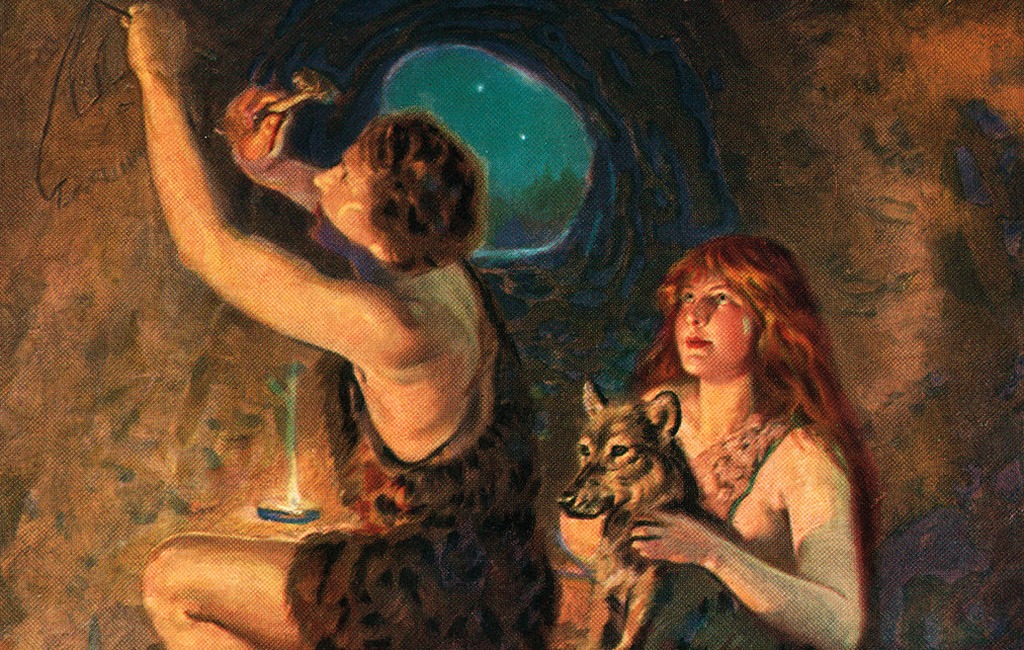
Contrary to the popular image of early humans constantly searching for new caves, many prehistoric groups would repurpose old homes. Some locations were so desirable that their inhabitants would continue to use them for thousands of years.
Silje Fretheim from NTNU’s Department of Archaeology and Cultural History notes that people became more settled and attached to specific sites because they were seen as favorable living areas. Over time, these sites could be passed down through generations, offering stability to the community.
Viking Laws and the Protection of Appearance
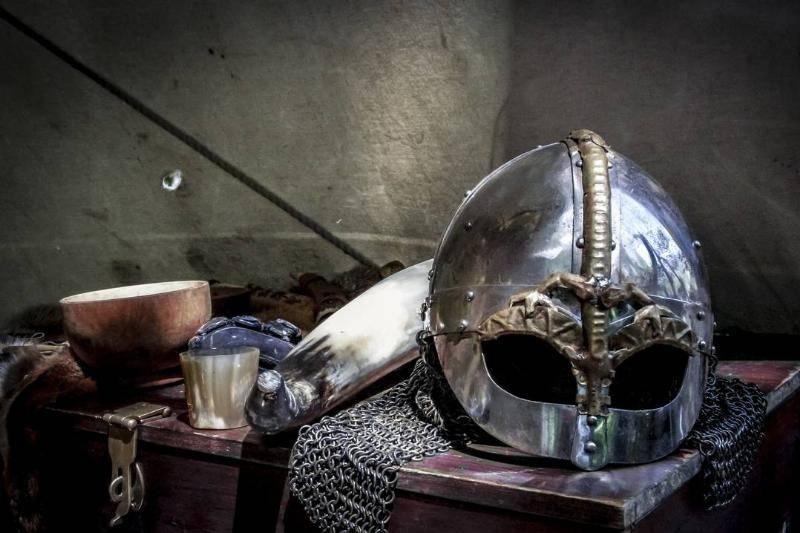
In early Icelandic law, harming a fellow Viking’s appearance was considered a serious offense. According to the legal texts, actions like cutting a man’s hair or damaging his clothing in a way that led to disgrace could result in severe consequences, including outlawry. An outlaw lost their social and legal protections, rendering them vulnerable to harm.
Viking Women and Their Long Hair

Viking women were legally required to maintain long hair, as it was considered a symbol of beauty and status. Short hair was forbidden by law, and women took great care in grooming their hair. Combing, washing, and styling were important aspects of daily life, with the length and quality of a woman’s hair being an integral part of her appearance.
Viking Men’s Hair Care Was a Task for Women
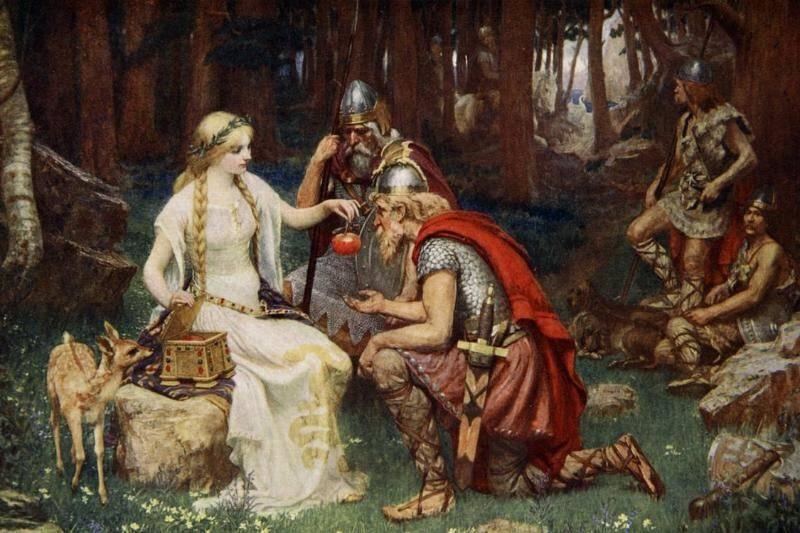
While Viking men were capable of grooming themselves, it was customarily the responsibility of women to cut and wash men’s hair. It is unclear whether wives performed this task for their husbands or if there were specific women designated to care for men’s hair. In some cases, it was even considered an honor for a woman to be chosen to care for a man’s hair.
Vikings Used Moss as Toilet Paper
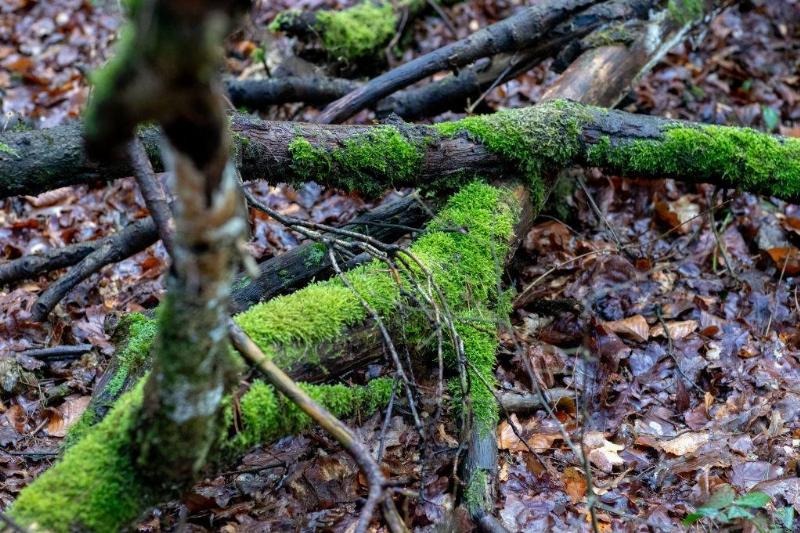
Viking communities typically shared latrines, but individuals were responsible for providing their own personal hygiene materials. Archaeological evidence suggests that moss from nearby forests was commonly used as toilet paper. This discovery has helped researchers learn more about the Viking diet, as the moss was often used in connection with food and living habits.
Vikings Were Buried With Grooming Tools
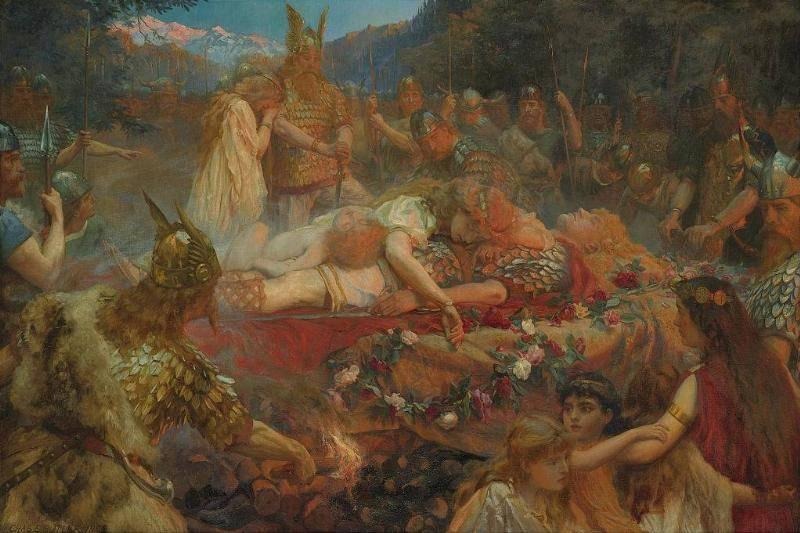
When a Viking was buried, they were often interred with personal belongings, including weapons and tools, as well as grooming items such as razors and tweezers. These grooming tools held significance in Viking culture, and some were ornate and worn as personal adornments. Certain items, such as brushes, were so valued that they were kept in specially crafted boxes, reflecting the care Vikings took in maintaining their appearance.
Through these various discoveries, we gain a deeper understanding of the lives of early humans, from their migration patterns to their social practices and cultural values. While our ancestors faced immense challenges, their ingenuity and ability to adapt helped shape the course of human history, leading us to where we are today.
Leave a Reply